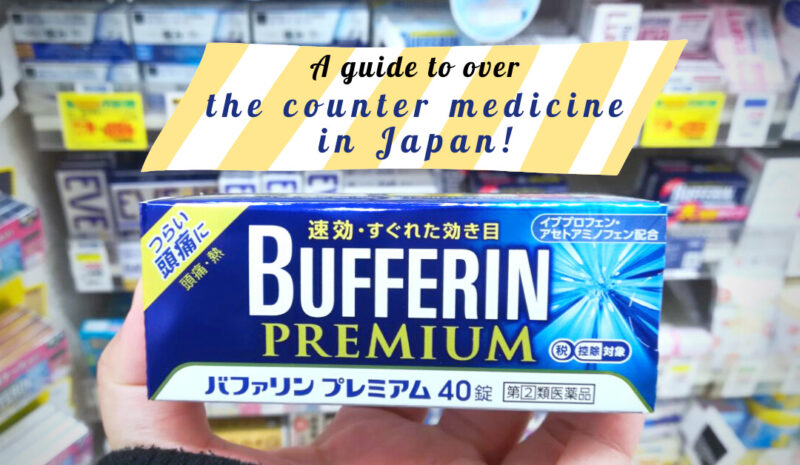Ramen, Udon, and Soba: how they are different?
Mar 02, 2020
Ramen, Udon, and Soba: how they are different?

Noodles are very popular in Japan, and there are various kinds of noodles eaten by the Japanese. When we talk about Japanese noodles, probably we’d think about ramen, right? Amongst plenty kinds of noodles in Japan, there are three types of noodles that are popular in Japan, which is ramen, udon, and soba.
Japanese eat those noodles on daily basis, and today we introduce how they are different to each other.
Ramen

Ramen is a Japanese dish consisting ramen noodles, broth, and toppings. The ramen noodles are usually made from wheat flour, so basically they are not safe for those with gluten sensitivity or intolerance to eat. The broth is usually either meat-based or fish-based, or sometimes mixed. The broth is usually flavored with salt, soy sauce, or miso paste. The toppings include a slice of pork chashu, vegetables, nori (dried seaweed), and some sauces or oils.
The most popular types of ramen in Japan are: tonkotsu ramen; ramen with thick pork broth, shio ramen; ramen with clear and salty broth, shoyu ramen; ramen with soy-sauce broth, miso ramen; ramen with miso flavored broth, hiyashi chukka; ramen served cold with vinegar sauce or sesame dressing, and tsukemen; warm noodles served with a dipping sauce.
Udon

Udon is thick and delicious noodles made from wheat flour, and usually served simple and clean, because the noodles are already thick and filling enough, so adding more ingredients into the mix is considered unnecessary.
Udon noodles are usually served hot or cold with different toppings and broths, and every prefecture in Japan has its own style and variety of udon. Hot udon is generally served with a clear soup; made using dashi (fish stocks) soup and shoyu, and some toppings like fish cakes or tempura. The cold udon is usually served in a decorative basket with a dipping sauce and a set of tempura on a separate plate.
Soba

Unlike ramen and udon, soba are thin Japanese noodles made from buckwheat flour (also called soba flour), which is safe for those with gluten sensitivity or intolerance to eat. However, not all soba noodles are gluten free, because most dried soba noodles and soba noodles sold at the chain stores use wheat flour as a mixture of the noodles.
Soba noodles have been served hot or cold since the Edo period, and the noodles are famous as one of Japan’s super foods as it contains all eight essential amino acids. Some soba noodles are flavored with green tea powder, seaweed, yam flour, mugwort, or wheat. Only Towari or Juwari soba (十割蕎麦) are said to be 100% buckwheat soba.
The hot soba is usually served in a hot soup with toppings. The cold soba is usually served without soup, so people usually eat cold soba by dipping it to the dipping sauce. Cold soba is usually served together with tempura or kakiage, served on a separate plate.
If you love green tea, make sure to try the cha-soba; soba flavored with green tea powder, while traveling in Japan!





